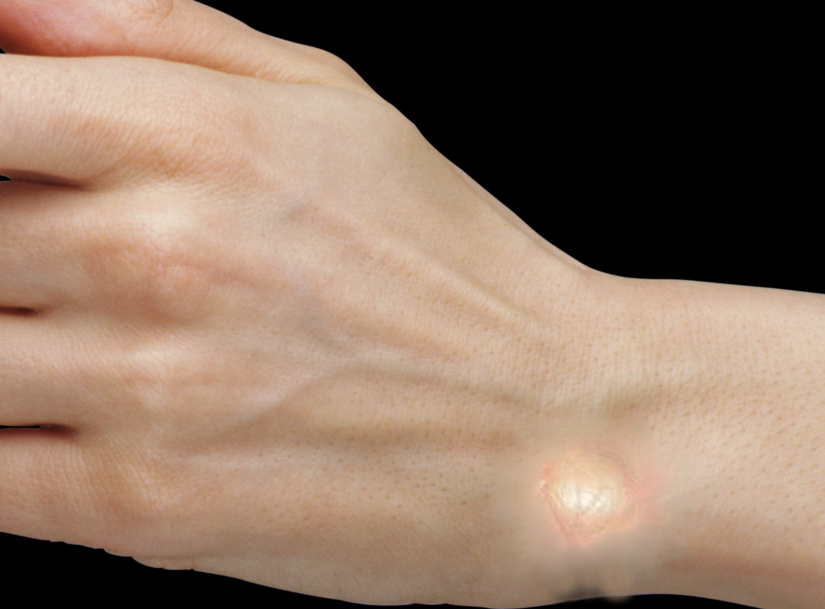Continuing Education Activity
Ganglion cysts are synovial cysts that are filled with gelatinous mucoid material and commonly encountered in orthopedic clinical practice. Although the exact etiology of the development of ganglion cysts is unknown, they are believed to arise from repetitive microtrauma resulting in mucinous degeneration of connective tissue. They are the most common soft tissue mass found within the hand and wrist, but they are also commonly encountered in the knee and foot. Although the majority of ganglion cysts are asymptomatic, patients may present with pain, tenderness, weakness, and dissatisfaction with cosmetic appearance. Both non-operative and surgical treatments are available, but a high recurrence rate has historically plagued non-surgical treatment. Surgical excision can provide resolution of patients' symptoms, but knowledge of the underlying anatomy adjacent to the cyst is crucial to avoid injuring neurovascular structures within proximity to the cyst. This activity reviews the etiology, presentation, evaluation, and management of ganglion cysts and reviews the role of the interprofessional team in evaluating, diagnosing, and managing the condition.
Objectives:
- Identify the proposed etiological mechanisms for the development of ganglion cysts.
- Describe the evaluation process for a ganglion cyst presentation, including possible diagnostic imaging.
- Review both surgical and non-surgical treatment options for ganglion cysts.
- Explain the importance of interprofessional team strategies for improving care coordination and communication to aid in the diagnosis of ganglion cysts and improving outcomes in patients diagnosed with the condition.

